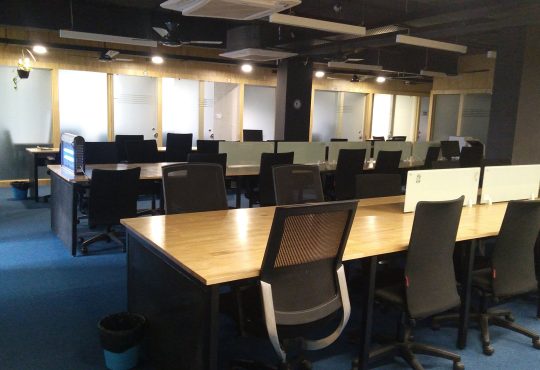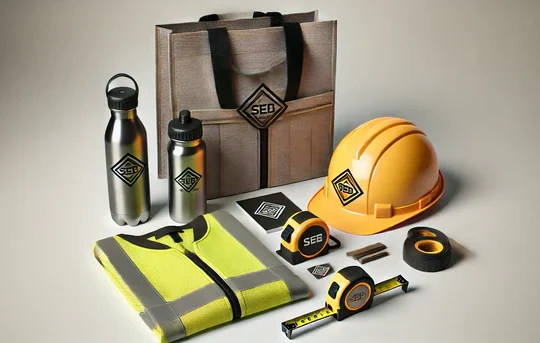The Importance of Retail Asset Protection Solutions: Safeguarding Your Business

In the retail industry, protecting assets is crucial to maintaining profitability, enhancing security, and ensuring smooth operations. Retailers face a growing number of threats, from shoplifting to organized retail crime, making effective asset protection strategies more important than ever. Retail asset protection solutions are designed to prevent theft, reduce losses, and create a safer environment for both customers and employees.
In this blog, we will explore what retail asset protection solfutions are, the types of strategies and technologies available, and how businesses can implement these measures to safeguard their operations.
What are Retail Asset Protection Solutions?
Retail asset protection (RAP) refers to a set of tools, systems, and strategies used to safeguard a retailer’s physical and digital assets from theft, fraud, and other forms of loss. These solutions aim to minimize shrinkage — the difference between the recorded inventory and the actual amount of inventory available due to theft, damage, or administrative errors. Asset protection solutions cover a wide range of activities, including physical security, inventory management, loss prevention technology, and employee training.
By implementing these solutions, retailers can reduce the risk of inventory loss, minimize operational disruptions, and improve overall store performance.
Types of Retail Asset Protection Solutions
1.Physical Security Measures
One of the most basic and important asset protection strategies is physical security. This includes both visible and covert measures that help deter and prevent theft. Common physical security measures include:
- Security Guards: Hiring trained security personnel to patrol the store and monitor customer activity can help prevent theft and provide a sense of safety for employees and customers.
- Surveillance Cameras (CCTV): Installing surveillance cameras in strategic locations allows retailers to monitor customer behavior, identify potential theft, and provide valuable evidence in case of incidents.
- Electronic Article Surveillance (EAS): EAS systems use sensors attached to products to alert store personnel when an item is being stolen or tampered with. These systems are commonly used in high-theft retail environments like clothing or electronics stores.
2. Loss Prevention Technology
Modern technology plays a significant role in retail asset protection, offering advanced systems for identifying and preventing theft. Some of the key technologies include:
- RFID (Radio Frequency Identification): RFID tags and readers help businesses track inventory in real-time, offering enhanced accuracy and preventing theft. With RFID, retailers can easily detect when items are removed from shelves without being purchased.
- Smart Shelf Technology: These systems monitor products placed on shelves, notifying store associates when items are removed or misplaced, helping to prevent theft and ensure proper stock management.
- AI-Powered Analytics: Artificial intelligence and machine learning are now being used to analyze customer behavior, detect suspicious activities, and predict potential theft. AI-powered systems can also optimize store layout and reduce opportunities for shoplifting.
3. Employee Training and Awareness
Employees play a critical role in retail asset protection. Training employees on how to recognize suspicious behavior, respond to theft, and maintain security protocols can be an effective measure to prevent losses. Some aspects of employee training include:
- Recognizing Signs of Theft: Training employees to identify potential shoplifters and respond appropriately can reduce theft incidents in the store.
- Customer Service: Providing excellent customer service can act as a deterrent to theft. When employees are attentive and engage with customers, it is less likely that theft will occur.
- Internal Theft Prevention: It is equally important to address internal theft and fraud, which can be carried out by employees. Training staff on ethical behavior, reporting suspicious activities, and monitoring internal processes can reduce risks associated with dishonest employees.
4.Inventory Control and Management
Effective inventory management is essential for preventing shrinkage. Retailers can implement the following strategies to maintain accurate inventory records:
- Regular Audits: Conducting regular inventory audits helps retailers detect discrepancies and identify patterns of theft or shrinkage.
- Cycle Counting: Instead of performing a full inventory count, cycle counting involves regularly checking a small portion of inventory to ensure accuracy and prevent discrepancies.
- Barcode Scanning and Tracking: Using barcode scanning technology allows retailers to track inventory levels accurately and easily update stock counts, ensuring that no items go missing unnoticed.
5.Fraud Prevention and Payment Security
Retailers must also address digital theft and fraud, especially with the rise of online shopping. Implementing payment security measures such as encryption and fraud detection systems can help prevent fraudulent transactions and protect customer data. Additionally, retailers should invest in secure payment processing systems for both in-store and online purchases.
The Benefits of Retail Asset Protection Solutions
- Reduced Shrinkage: By implementing asset protection solutions, retailers can reduce shrinkage, which directly impacts profitability.
- Improved Customer Experience: Security measures such as surveillance cameras and well-trained staff create a safer shopping environment for customers, encouraging them to return.
- Enhanced Brand Reputation: A commitment to asset protection and security sends a message to customers that their safety and trust are important, enhancing the retailer’s reputation.
- Cost Savings: Preventing theft and reducing shrinkage can result in significant cost savings over time, which can be reinvested into other areas of the business.
How to Implement Retail Asset Protection Solutions
Implementing effective asset protection solutions requires careful planning and execution. Here’s how businesses can get started:
- Assess Your Needs: Identify the unique challenges and risks your retail business faces. Consider the size of your store, the types of products you sell, and any existing security gaps.
- Select the Right Technologies: Choose loss prevention technologies, such as surveillance cameras, EAS systems, and RFID, that align with your store’s needs and budget.
- Train Your Employees: Provide regular training to employees on how to detect suspicious activity, manage inventory, and respond to security threats.
- Evaluate and Improve: Continuously assess the effectiveness of your asset protection strategies and make improvements as needed.
Conclusion
Retail asset protection solutions are crucial for any retailer looking to safeguard their assets, reduce theft, and protect their bottom line. By combining physical security measures, technology, employee training, and inventory management, retailers can create a robust strategy that minimizes risk and maximizes profitability. Investing in comprehensive retail asset protection solutions not only secures valuable assets but also improves the overall shopping experience for customers, creating a win-win situation for both businesses and consumers.




